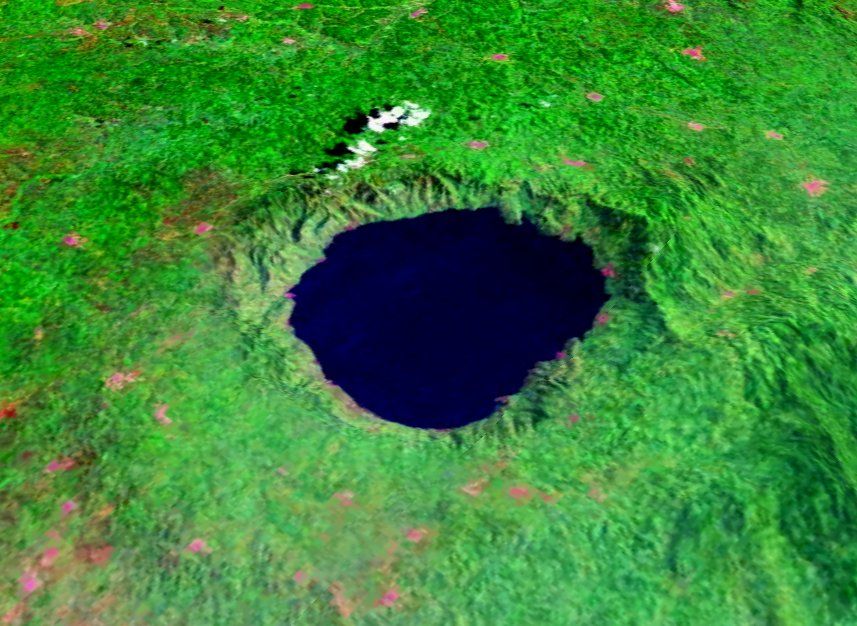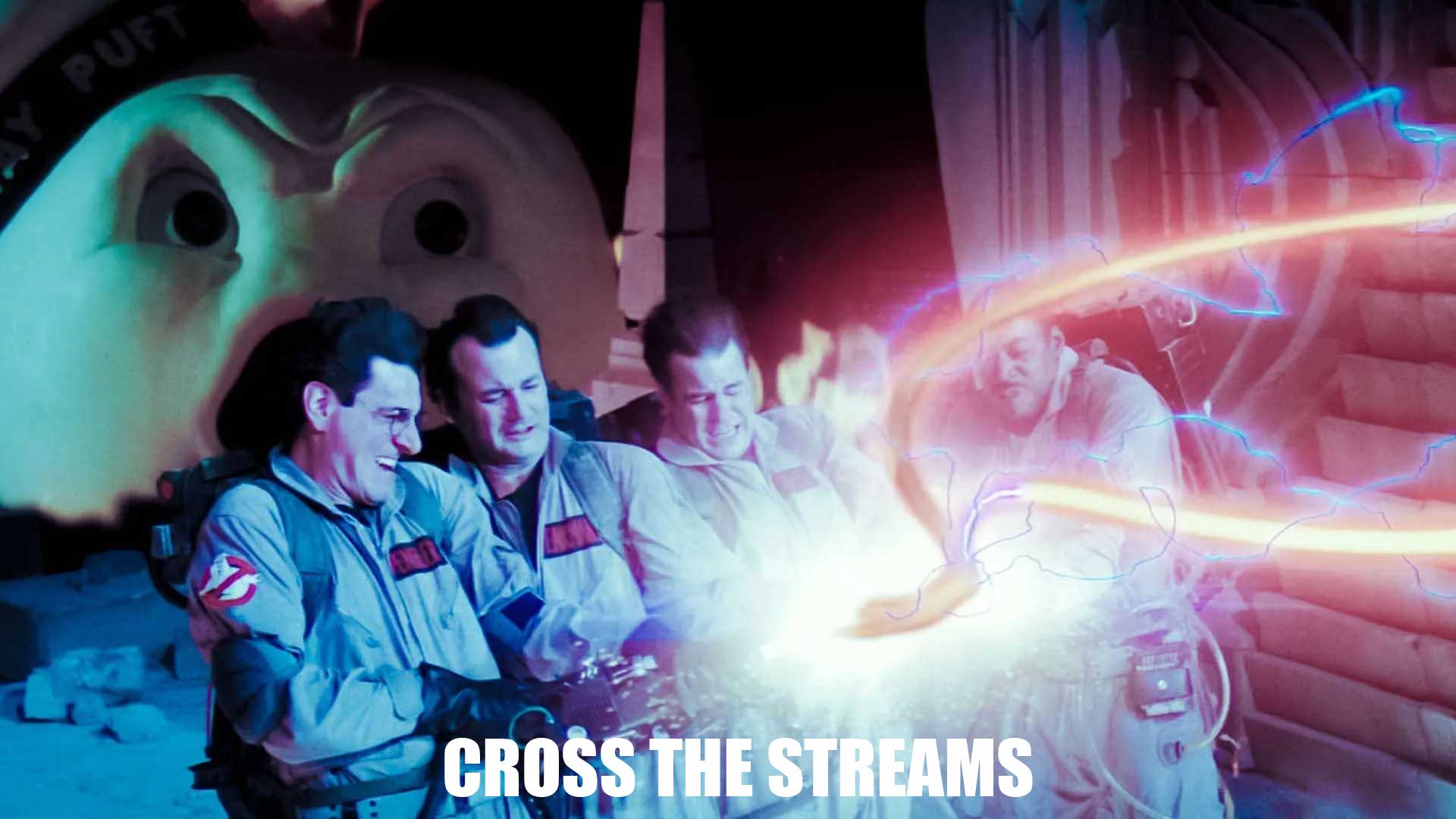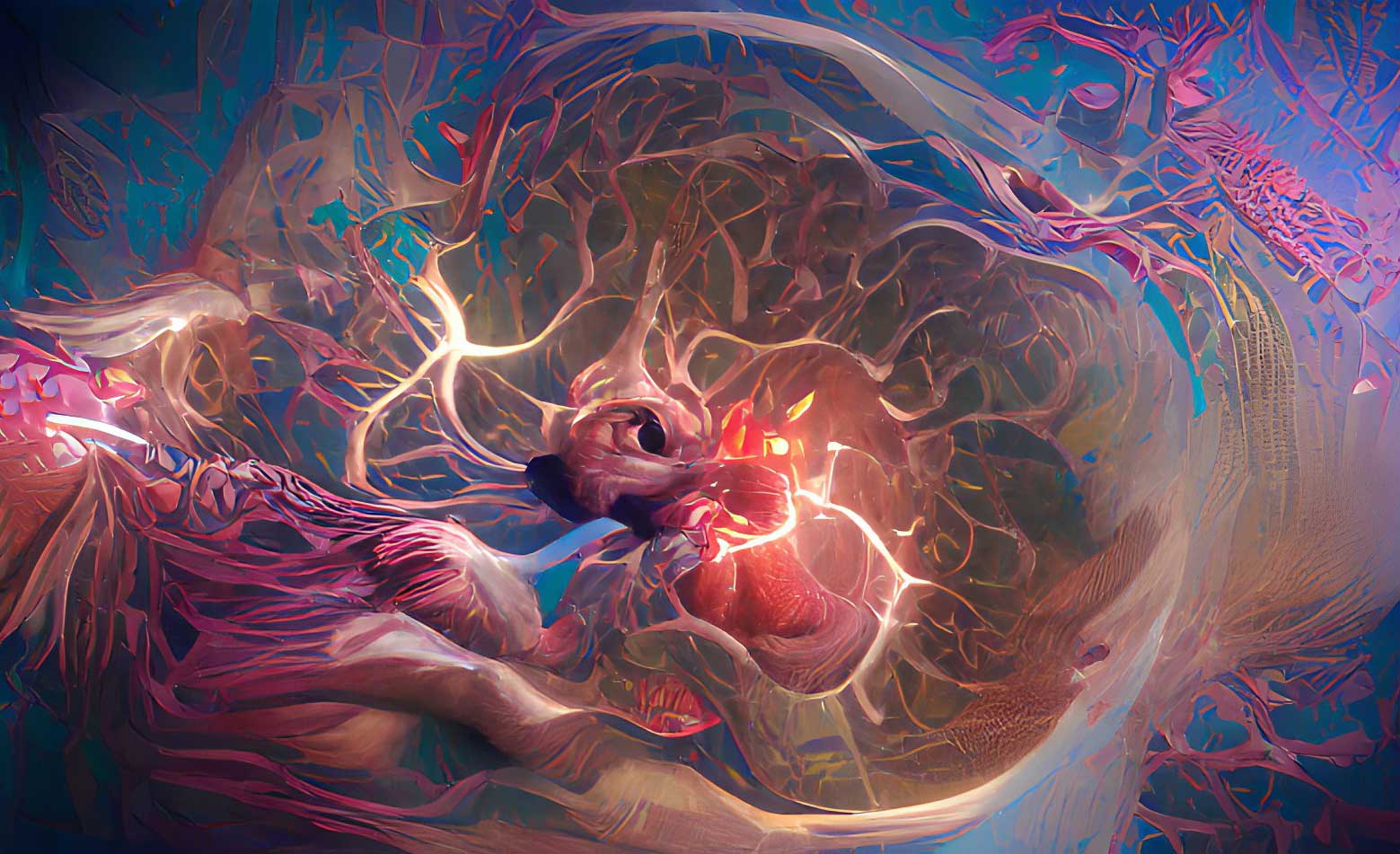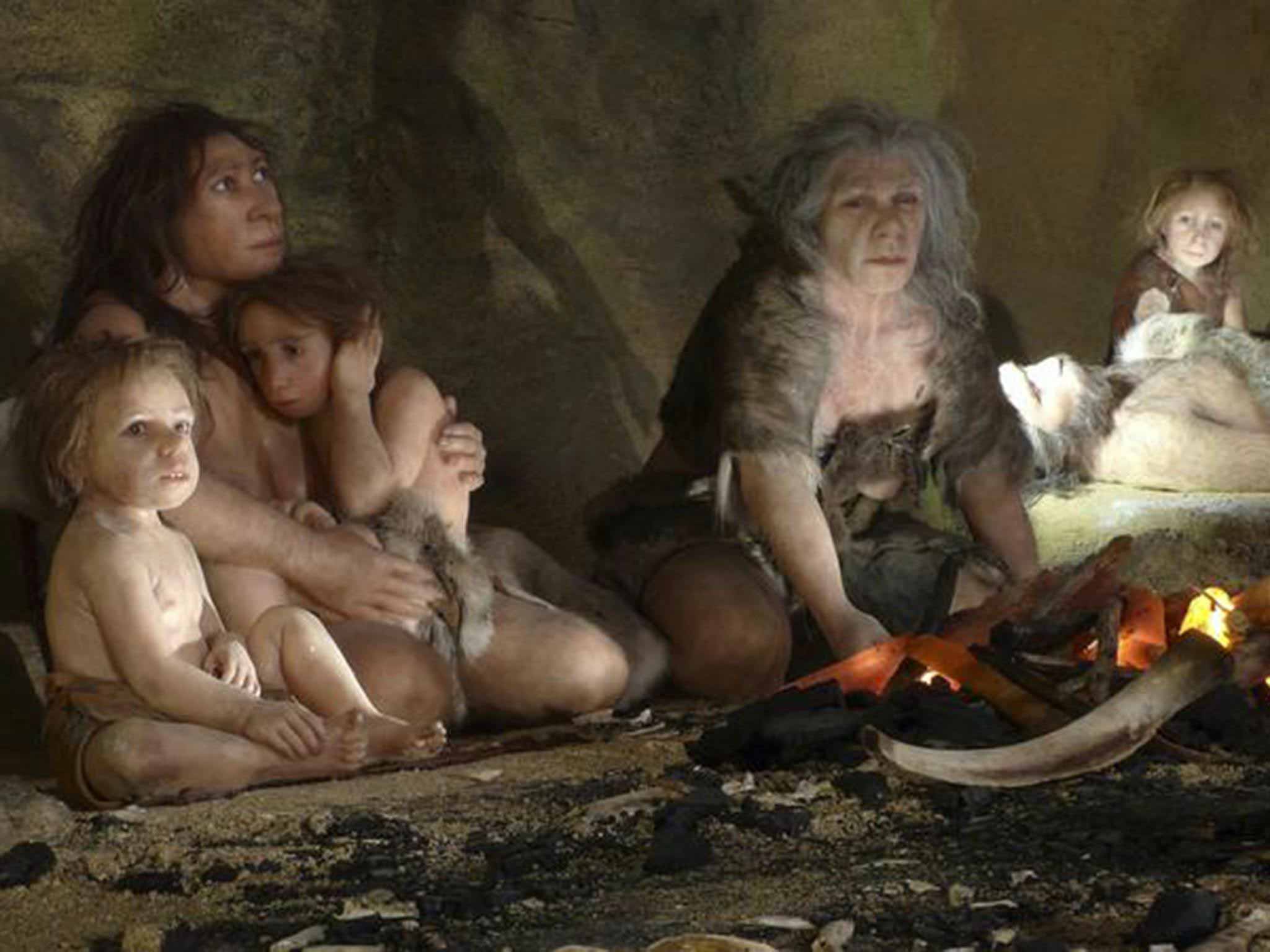Blog articles
Tracing the genetic histories of ghost apes
The footprints of extinct lineages are the closest we have to a fossil record of the African apes.

Research highlight: Growth and development in human origins
A report from a Wenner-Gren-supported workshop innovating ways forward for understanding hominin ontogenies

Ancient apocalypses are so disappointing
The archaeological and paleoclimate records usually lack the resolution to see how meteorites or volcanoes mattered to our ancestors.

Debates about Neandertal cave art miss the point of their visual culture
Humans today live in visually rich environments, and it's increasingly clear that Neandertals shaped their visual environments also.

Research highlight: Homo naledi teeth
In a massive new paper, a team led by Lucas Delezene provides descriptions of the dental evidence from the Dinaledi Chamber.

Ghostbusters of human origins
Humans tend to mix and interact with each other. Geneticists are once again starting to take that seriously, changing their view of our origins.

Did two pulses of evolution supercharge human cognition?
An intriguing new study tries to tabulate the ages of genetic variants associated with human phenotypes, but its claims about recent brain evolution may not pan out.

Lecture: Finding ancient minds in the human evolutionary tree
Insights into the behavioral capabilities of ancient human relatives are beginning to show that some of the abilities we consider human go surprisingly deep in our ancestry.

What color were Neandertals?
Even with whole genomes, scientists can't say very precisely what pattern of skin, hair, and eye pigmentation was in ancient populations like the Neandertals.

New evidence is revealing the ages of death, birth, and menarche in Neandertals
Analysis of dental cementum is yielding new insights into the ages when ancient people faced significant physiological stresses.
